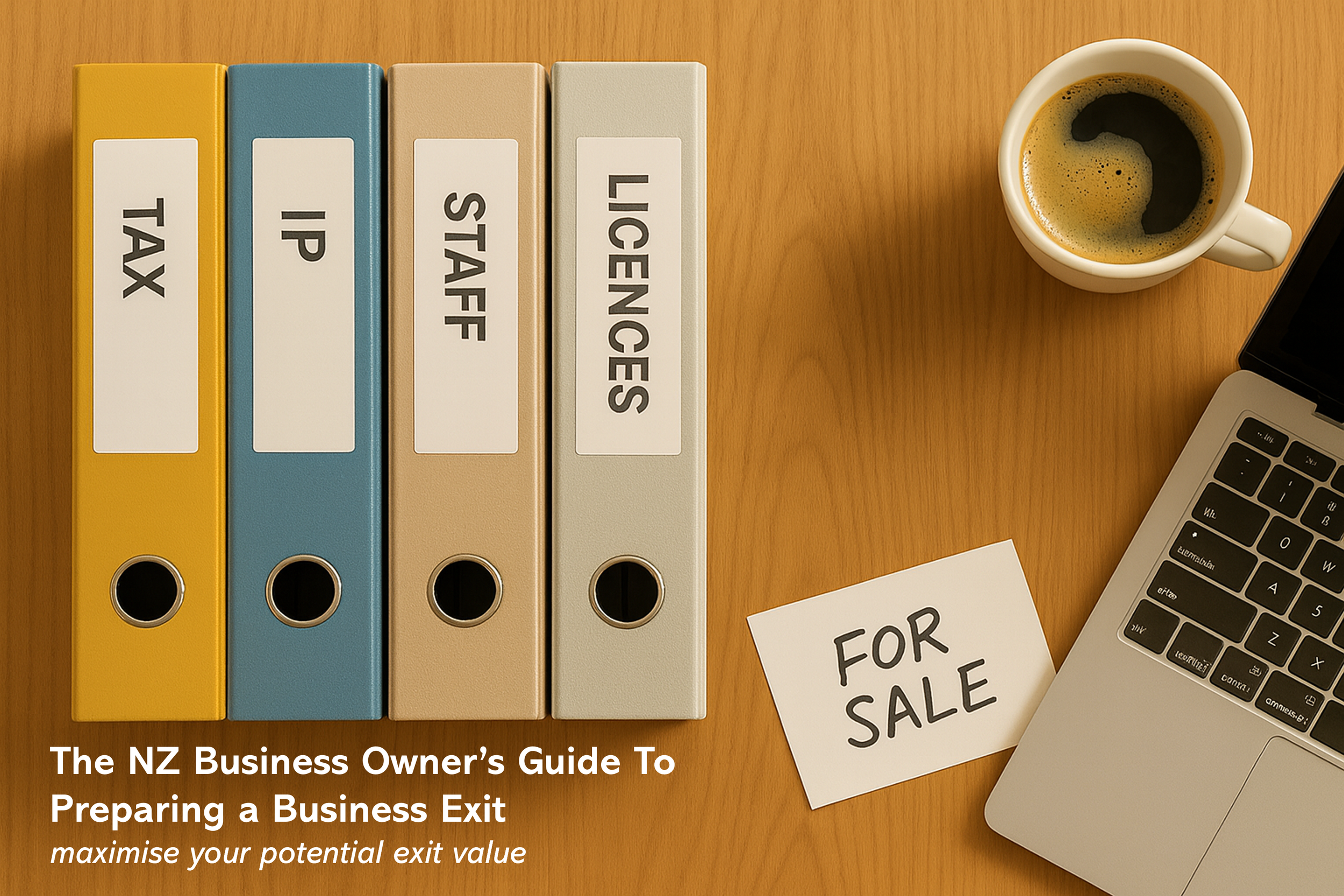10. EBITDA You Can Stand Over
Normalise the numbers so your multiples do not look suspect.
Problem Statement
Many owners hear about sale prices expressed as multiples of EBITDA yet their own numbers feel like a mystery. Profit jumps around from year to year, owner perks are buried inside expenses and one off shocks sit in the same line as normal trading. When a broker or buyer asks for reliable EBITDA to support a price the spreadsheets start to wobble.
What An Owner Might Say
“We are a good business. I just cannot explain why profit swings so much from one year to the next in a way that a buyer will trust.”
“The broker talks about a four or five times multiple of EBITDA. I nod along although inside I am thinking that we barely know what our real EBITDA is.”
Why It Happens
EBITDA sounds technical although at heart it is simply a way to show the underlying earning power of the business. Trouble starts when everyday choices distort that picture. Owners run personal costs through the business, carry family on the payroll and respond to crises with quick fixes that never quite get reversed. Over time the true pattern of earnings becomes hard to see.
Accountants are usually focussed on tax and compliance. Exit readiness is a different lens. A buyer wants to know what operating profit will look like under their ownership with normal levels of effort and risk. If your accounts have been built for tax first and sale second there will be work to do.
There is also confusion about “add backs” and normalisation. Some owners treat add backs like a wish list. They strip out anything that makes profit look weak while ignoring items that temporarily boosted results. Sophisticated buyers move in the opposite direction. They test every adjustment, challenge optimistic assumptions and apply their own more conservative view. The gap between the two views can derail trust.
What To Do About It
Start by getting clear on the purpose of normalised EBITDA. You are aiming to show a fair, repeatable level of operating profit that a capable buyer could expect if they ran the business broadly as you do now. That means adjusting for items that are clearly personal, clearly non recurring or clearly outside normal operations.
Work through the last three to five years with your accountant or adviser. Identify owner perks such as vehicles, travel, family wages and discretionary benefits. Flag one off legal disputes, unusual repairs, pandemic grants and any extraordinary income or costs. Mark out non core activities that would not continue after sale. Document each item with brief notes so you can explain it calmly later.
Next, rebuild the profit picture for each year with those adjustments listed separately. Do not hide them. A buyer will appreciate seeing statutory profit, normalising adjustments and the resulting EBITDA in one simple schedule. This allows them to apply their own judgement without feeling that you have tried to sneak anything through.
Be honest about positive as well as negative adjustments. If a year benefited from a windfall contract that is unlikely to repeat, or from deferred maintenance that a new owner will need to catch up on, acknowledge that openly. Integrity here is not just about ethics. It is also smart negotiation. A buyer who trusts your numbers is more likely to accept your view on other contested points.
How To Keep The Momentum
Once you have created a clean picture, keep it alive. Update your normalisation schedule each year at the same time as the annual accounts. This turns EBITDA discipline into a habit rather than a rush job right before sale. You will start to see patterns in which adjustments repeat and which could be removed by changing behaviour.
Use these insights in your planning. If personal spending through the business is masking true performance, start moving those costs back into your household budget ahead of your exit window. If one off shocks are appearing too often, look at the underlying systems and risk controls. Each improvement helps your future buyer and also makes life easier for you right now.
Practise explaining your EBITDA story in plain English. You should be able to talk a buyer through the bridge from reported profit to normalised profit without flinching or reaching for jargon. The more comfortable you feel with that story, the more confident you will sound in negotiation.
Golden Nugget
“Normalised EBITDA is not about polishing the silver. It is about laying the whole table so a buyer can see exactly what they are sitting down to.”
How RegenerationHQ can help
RegenerationHQ helps owners turn messy earnings stories into numbers they can stand over. We sit with you and your accountant to unpack historic results, identify sensible normalising adjustments and build clear schedules that buyers can follow. Strong businesses deserve to be seen clearly, not buried under years of mixed signals.
We also help you use EBITDA insights to improve the business before sale. That might involve reshaping how you pay yourself, reducing reliance on one off deals, cleaning up non core activities or strengthening margins where they have quietly eroded. Along the way we keep the human side in view so that decisions about profit, risk and lifestyle stay aligned with the future you want for yourself and your whānau.
By the time you are ready to test the market you will not be guessing at multiples built on soft numbers. You will have an EBITDA story that is grounded, transparent and resilient under scrutiny. That foundation supports both a stronger price and a cleaner, calmer exit.
If you want a steady guide beside you while you get ready for one of the biggest decisions of your working life, RegenerationHQ is ready to help you walk that road with clarity and confidence.

